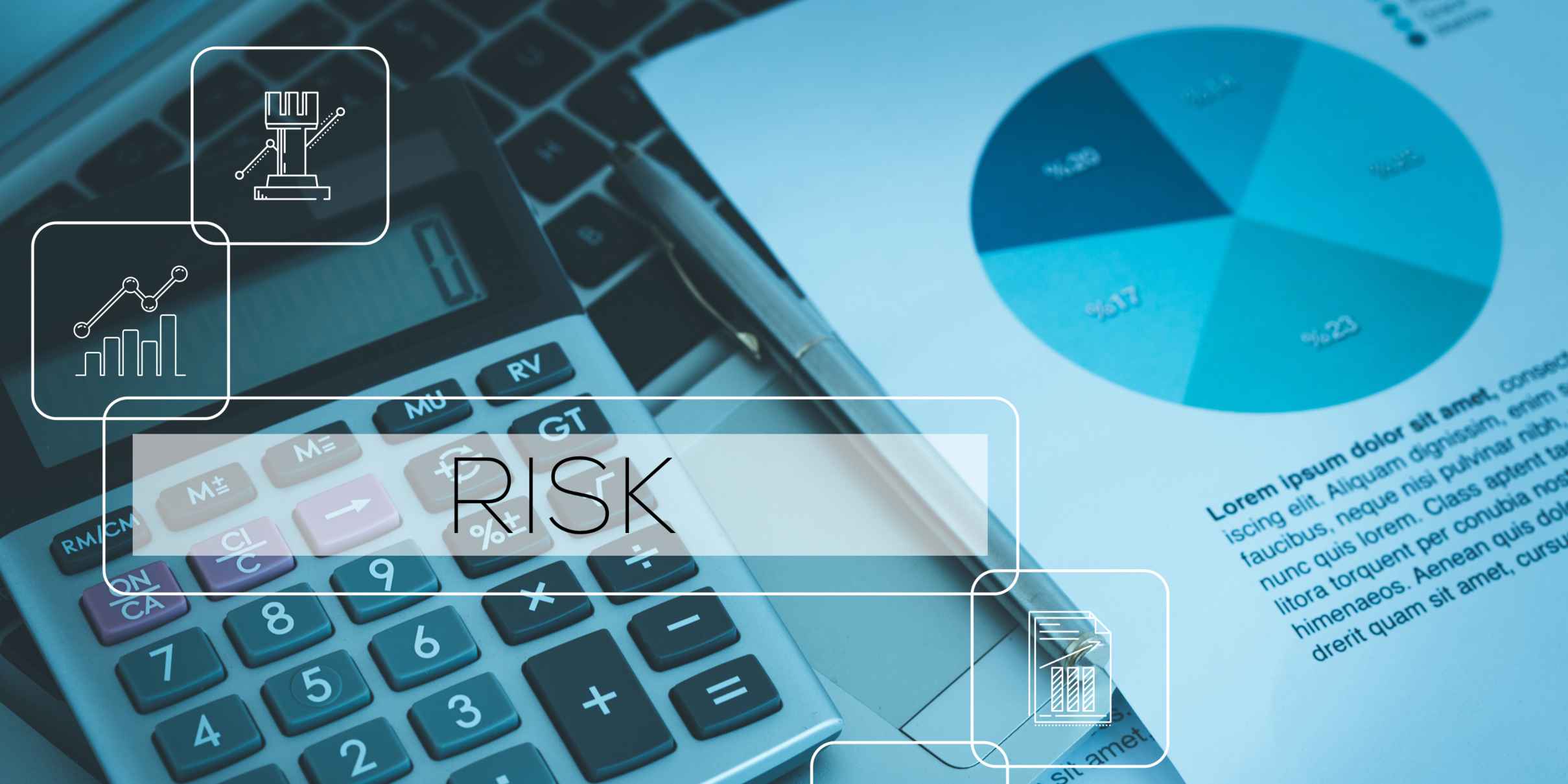ISO 27001 implementation requires both mandatory and recommended documents to establish an effective Information Security Management System (ISMS). At minimum, you need to prepare the scope of the ISMS, information security policy, risk assessment methodology, Statement of Applicability (SOA), and risk treatment plan. Additionally, you'll need to maintain records including risk assessment reports, internal audit results, management review minutes, and corrective action logs. Proper documentation isn't just about certification—it's the foundation for a robust security posture that protects your organization's valuable information assets.
Understanding ISO 27001 Documentation Requirements
ISO 27001 documentation forms the backbone of your Information Security Management System (ISMS), providing structure, consistency and evidence of compliance. The standard requires a balance of documented information: enough to demonstrate control without creating an unmanageable paperwork burden.
Documentation serves three essential purposes in ISO 27001:
The documentation structure follows a hierarchical approach, with policies at the top, followed by procedures, work instructions, and records. This tiered system helps everyone understand not just what to do, but why it matters and how it fits into the broader security strategy.
Importantly, ISO 27001 adopts a risk-based approach, meaning your documentation should reflect your specific risk profile rather than blindly following a template. This ensures your security efforts target actual threats to your information assets rather than theoretical concerns.
What Are the Mandatory Documents Required for ISO 27001?
ISO 27001 specifies several documents that are explicitly required for certification. These mandatory documents form the core foundation of your Information Security Management System:
Additionally, the standard requires you to maintain certain records:
Remember that these are minimum requirements. Your organisation may need additional documentation based on your risk profile and operational complexity.
How Are ISO 27001 Documents Organised?
ISO 27001 documentation follows a logical hierarchy that creates a clear structure for your information security framework. This organisation enables both practical implementation and effective auditing of your security controls.
The four-tier hierarchy typically includes:
When structuring your documentation, consider a centralised document management approach that:
Your document organisation should reflect your organisational structure and culture, finding the right balance between rigour and usability. Overly complex documentation systems often go unused, undermining your security efforts.
Which ISO 27001 Annex A Controls Require Documentation?
ISO 27001 Annex A contains 114 security controls across 14 categories, many of which explicitly require documented information. Understanding which controls need documentation helps prioritise your implementation efforts.
Key Annex A controls requiring specific documentation include:
Access Control (A.9):
Cryptography (A.10):
Operations Security (A.12):
Supplier Relationships (A.15):
Information Security Incident Management (A.16):
Beyond these examples, many other controls implicitly require documentation to demonstrate implementation. When in doubt, consider: "How would I prove to an auditor that this control is operating effectively?" If the answer involves showing documented evidence, then documentation should be created.
Remember, the focus should be on creating useful documentation that improves security, not just satisfying the auditor's checklist.
How Do You Create Effective ISO 27001 Documentation?
Creating effective ISO 27001 documentation requires a balance between compliance requirements and practical usability. Your documentation should be clear, accessible, and actually used in day-to-day operations rather than sitting forgotten on a server.
Follow these practical guidelines for developing useful documentation:
The document development process should include:
Remember to implement proper document control with version tracking, review dates, and change history. This ensures everyone works from the current version and provides an audit trail of how your security approach has evolved.
What Documentation Mistakes Commonly Fail ISO 27001 Audits?
ISO 27001 certification audits frequently uncover documentation issues that can delay or prevent successful certification. Being aware of these common pitfalls helps you avoid them in your implementation.
The most frequent documentation mistakes include:
To avoid these issues, implement a pre-audit review focused specifically on documentation completeness and accuracy. Compare your documentation against the standard's requirements and verify that actual practices align with what's documented.
Remember that auditors are primarily looking for evidence of a functioning, effective ISMS - not perfect paperwork. Documentation should demonstrate that you understand your security risks and are addressing them systematically.
How Do You Maintain ISO 27001 Documentation?
Maintaining ISO 27001 documentation is an ongoing process that ensures your Information Security Management System remains current and effective. Without proper maintenance, documentation quickly becomes outdated and loses its value for both operations and compliance.
Implement these best practices for document maintenance:
Consider implementing a document management system that automates these processes. Digital solutions can automatically track versions, notify owners of upcoming review dates, manage approval workflows, and maintain audit trails of changes.
Equally important is regularly validating that documentation reflects reality. Schedule periodic spot checks where you observe actual practices and compare them to documented procedures. This helps identify gaps before they become audit findings.
Remember that documentation maintenance isn't just an administrative task—it's essential for maintaining an effective security posture as your organisation and threat landscape evolve. See how CERRIX Successfully Completes ISO 27001 Surveillance Audit in 2025
Key Takeaways for Successful ISO 27001 Documentation
Successful ISO 27001 documentation strikes the right balance between compliance requirements and practical usability. Focus on creating a documentation system that genuinely improves your security posture rather than just ticking certification boxes.
Remember these essential principles:
The most successful ISO 27001 implementations treat documentation as a valuable tool rather than a bureaucratic burden. When properly developed and maintained, your documentation becomes a strategic asset that preserves institutional knowledge, guides consistent decision-making, and demonstrates your commitment to information security.
GRC platforms can significantly streamline the documentation process. We at CERRIX understand that maintaining the extensive documentation required for ISO 27001 can be challenging. Our integrated platform centralizes all your security documentation, automates review cycles, and maintains version control while linking documents to relevant controls, risks, and compliance requirements. If you'd like to see how our solution can transform your ISO 27001 documentation from an administrative burden into a strategic tool, request a demo to experience the benefits firsthand.
Accessible popup
Welcome to Finsweet's accessible modal component for Webflow Libraries. This modal uses custom code to open and close. It is accessible through custom attributes and custom JavaScript added in the embed block of the component. If you're interested in how this is built, check out the Attributes documentation page for this modal component.



.jpg)
%20(1).jpg)
.jpg)
.jpg)
.jpg)
.jpg)
%20(1).jpg)
.jpg)
%20(1).jpg)
.jpg)
.jpg)

.jpg)
.jpg)





.jpg)

%20(2).jpg)















%20(1)%20(2).jpg)





.jpg)

.png)
.jpg)






%20(1).avif)



